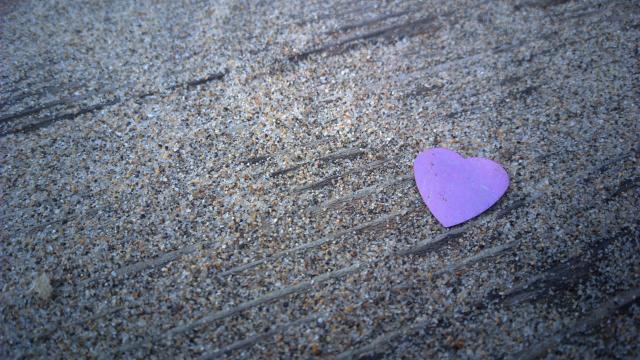The human body has plenty of nifty tricks to keep itself alive for as long as possible, and scientists still haven’t come close to figuring them all out. Case in point, a team of researchers this week describe a previously unknown type of cell near the heart that helps it heal from injury. The discovery could lead to new therapies or, at the very least, change how heart surgeons operate on our most precious organ, according to the researchers.
When an organ in our body gets injured, there are broadly two major sources of help it can marshal: the cells inside the organ, and the blood cells that can reach it through the networks of vessels that circulate all throughout the body. These blood cells can help clear debris and dying cells from the injury site, signal the rebuilding process to replace lost cells, and ward off foreign invaders like bacteria or viruses.
But in recent years, scientists at the University of Calgary in Canada and elsewhere have found evidence of certain blood cells in the fluid sac that surrounds abdominal organs, known as the peritoneal cavity. These cells appear to be a subtype of white blood cell called a macrophage, and they express a protein known as GATA6 (because of the latter, they’re called GATA6+ cells). They seem to be the cellular version of a first aid kit, able to quickly rush to the injury site without the need of the bloodstream, since the cells are literally right outside the organ.
Our abdominal organs aren’t the only ones enveloped by a fluid sac, though. The heart has its own, called the pericardial cavity. So according to study author Paul Fedak, a cardiac surgeon at the University of Calgary, it was the next logical place to look for these GATA6+ cells. The team’s research, published Tuesday in Immunity, details their work with both mice and people.
It was easy enough for the team to find GATA6+ cells inside the pericardial cavity of mice when their hearts were injured, but they also found them in samples of the pericardium (the lining of the cavity) collected from actual human patients with injured hearts. Assuming these cells are the real deal, though, there’s the obvious question of why they’ve only now been discovered. But the answer is simple, according to Fedak—no one was really looking.
“For the most part, mouse doctors remove the pericardium to do research so they lose the cells before they start their experiments,” Fedak told Gizmodo by phone. “Many MDs also remove the pericardium.”
The potential implications of the team’s research could be big, since the heart itself isn’t great at repairing itself. While the GATA6+ cells don’t seem to help fight infections, like other white blood cells can, their specialised focus on repairing the heart after injury might make them an untapped source of healing that future research could exploit and amplify.
“We always knew that the heart sits inside a sac filled with a strange fluid. Now we know that this pericardial fluid is rich with healing cells,” said Fedak. “These cells may hold the secret to the repair and regeneration of new heart muscle. The possibilities for further discovery and innovative new therapies are exciting and important.”
New medical treatments are great to have, but even if this research does pay off, it’d take years before the benefits reach the public. A more immediate impact their work could have on the field of heart medicine, Fedak said, is making surgeons think twice about how they operate on a damaged heart.
“First, don’t remove the pericardium during human surgery. Second, you could harvest these cells, expand them, and deliver them to patients,” he said.
There’s still a lot of ground work that needs to be done in understanding how these cells heal the heart, though. One aspect Fedak and his team plan to explore in the near future is how exactly they seem to prevent heart muscle from abnormally thickening and stiffening as it gets repaired, a condition called fibrosis that raises the risk of heart failure. If they can find the specific molecule or molecules used by these cells, and replicate them in the lab, that could pave the way for a new treatment.
“Also, we can now view the space around the heart as a therapeutic window,” said Fedak. Studies that have injected stem cells directly into the hearts of people with heart disease, as a way to jumpstart the healing process, have had mixed results at best so far, he noted. But maybe we need to start thinking outside the box — and inside the fluid sac instead.
“This is a new way to look at cell therapy for injured hearts, and also a new line of cells and possibly new mechanisms of repair,” Fedak said.
